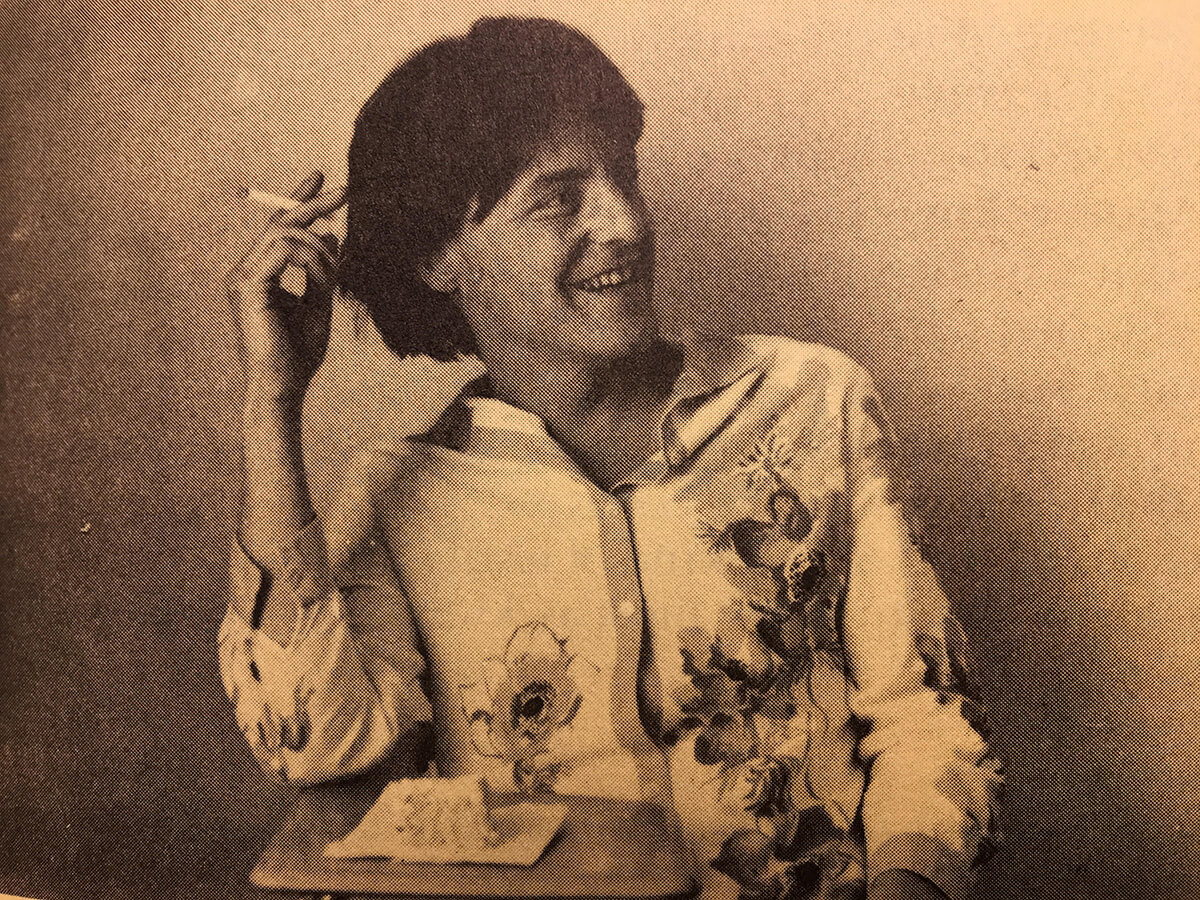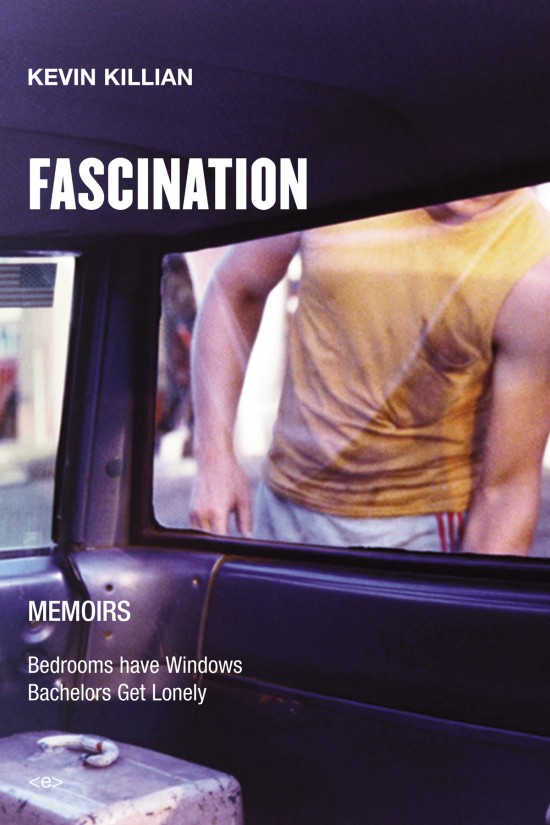
Format: 312 pp., paperback; Size: 7.5″x10″; Price: $16.95; Publisher: Semiotext(e) / Native Agents; Non-exhaustive list of books that have featured a fictionalized Kevin Killian: The Letters of Mina Harker, by Dodie Bellamy (1998), I Hate the Internet, by Jarett Kobek (2016), Martian Dawn and Other Novels (2006), by Michael Friedman; Number of those books in which Kevin Killian is a corpse: one; Representative sentence: “Now there’s no time, and here in San Francisco no seasons, and sex, I now think, is religion with no color—like a bag of liquid on a dead man’s chest.”
Central Question: Do you have to lie to tell the truth?
In his new triad of memoirs, Kevin Killian replaces the epiphanic mode of storytelling with something less knowable—a gorgeous turbulence, rather than some dramatic self-discovery. As with Killian’s other writing, informed by the poetics of “New Narrative,” the narrator in Fascination is both uncannily like its author, and someone curiously, entirely, fabulated. The three memoirs that comprise this collection follow Killian through his youthful trespass into that sweet, sticky and sometimes dangerous tunnel between loss and desire—the excesses, heartbreaks, confusions that filled Killian’s world in the 1970s and 1980s. If, as Roland Barthes puts it, in his discussion of the Marquis de Sade, that “Reality and the book are cut apart,” a condition which allows his storytellers to shut themselves away with their harem and to enact their libertinage ad infinitum, then in this set of memoirs, Kevin Killian tests this assumption, by putting into question our faith in the memoirist, he who admits, “I was right and wrong at the same time,” in keeping to the facts of his story. Here, Killian not only disturbs how personalities, in fiction, can be reassembled, but also the ways in which they can be remembered.
The first of the three works here is the long out-of-print Bedrooms Have Windows, originally published by Amethyst Press in 1989—a digressive, sexed-up set of episodes that paints Killian’s world in the 1970s and 1980s as he drives between the suburbs of Long Island and New York City. The narrative moves at the pace of a road movie, and we follow Kevin as he slides between one man’s haunches and the next, shivers alone in jockey shorts, or gets stoned in some yard in the dark. If road movies are supposed to take us to some kind of limit point, in Killian’s account of Long Island, the limit is the very beginning.  We go from A to B to back again, locked in the hell of suburbia just before the first real blow of...
We go from A to B to back again, locked in the hell of suburbia just before the first real blow of...
You have reached your article limit
Sign up for a digital subscription and continue reading all new issues, plus our entire archives, for just $1.50/month.
Already a subscriber? Sign in




